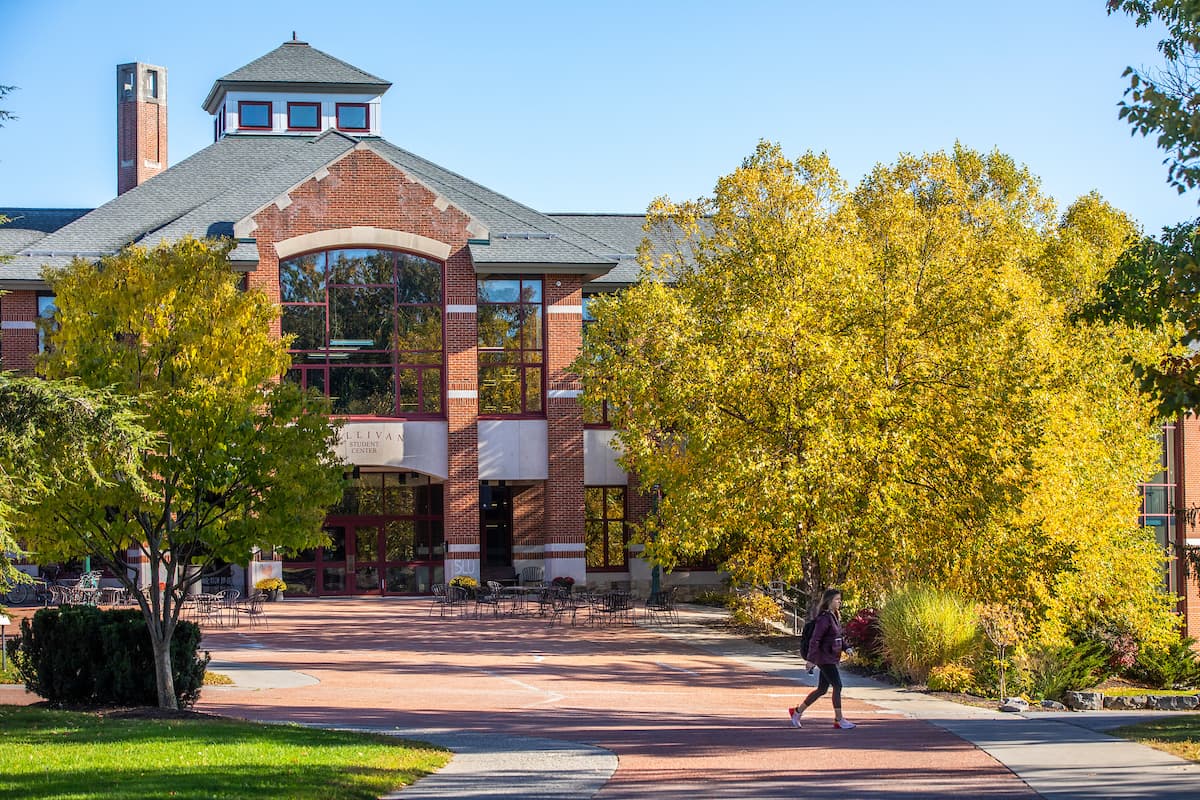Amongst political turmoil in America, the 2018 U.S. midterm elections were a breakthrough for women, seen by unprecedented numbers of women running and winning elections for public office. Commonly referred to as the “year of the woman,” the diversifying of candidates has made surges to create a congress that is representative of its population.
Prior to the 2018 midterm elections, Congress consisted of 107 women and 428 men, across both the House of Representatives and the Senate. For there to be equal distribution between men and women, there would need to be 50 women in the Senate and about 217.5 in the House. This comes to 267 in all of Congress, based off the fact that women make up approximately 50 percent of the population in the U.S.
Overall, 277 female candidates ran for Congress and governor, in which 123 have won so far. However, not all races have been officially called, and this information is as of Nov. 13. For the House, 101 seats went to female candidates out of all 435 seats that were up for election. Woman won 13 seats in the Senate to make 23 total female Senators out of 100. Out of 50 governorships, nine went to women.
While the surge of female candidates running and winning seats in Congress and governorships is significant, the numbers prove that women remain underrepresented. Jillian Jaeger teaches in the Government Department at St. Lawrence University, teaching and doing research centered on American Politics. “What you see is a rise in women from the Democratic party over time, a huge spike in 2016,” Jaeger says. “For Republican women, you don’t see that same trend, however.”
Within the breakthroughs for women, there was a diverse range of candidates in terms of race, ethnicity, sexual orientation and backgrounds. Ilhan Omar, who won her district in Minnesota, is one of the first Muslim women in Congress. Jahana Hayes will be the first black woman to represent Connecticut in Congress, as well as Debra Haaland and Sharice Davids who will be the first Native American women in Congress.
Jessica Prody, who teaches in the Performance and Communication Arts Department, worked on Tedra Cobb’s midterm campaign, writing speeches and doing public relations. Prody says that it is more than identity politics but “if you really have an all-white male representation, they’re still 60 percent of Congress which is more than what they’re percentage is within the United States.”
Grace Harkins ’21 is a Government major interested in pursuing a career in politics, and has felt discouraged by politics for a long-time due to the lack of female representation. “It’s time. We have more representation which is what we have needed for far too long,” says Harkins. “Not only are we seeing women, but we are seeing women of color, women of different ethnicities, and unique backgrounds.”
The wins from female candidates worked to flip the House from Democrat to Republican, reported by The Washington Post. Sylvie Holding ’21 is a Government and Environmental Studies combined major, who followed the election closely. “In midterm elections there is often a loss of seats in the party that has the power of the executive, but what is important about this election is that it was women who were taking control of those seats,” says Holding.



